What Is Editorial Illustration and How Can I Launch My Career as an Editorial Illustrator?
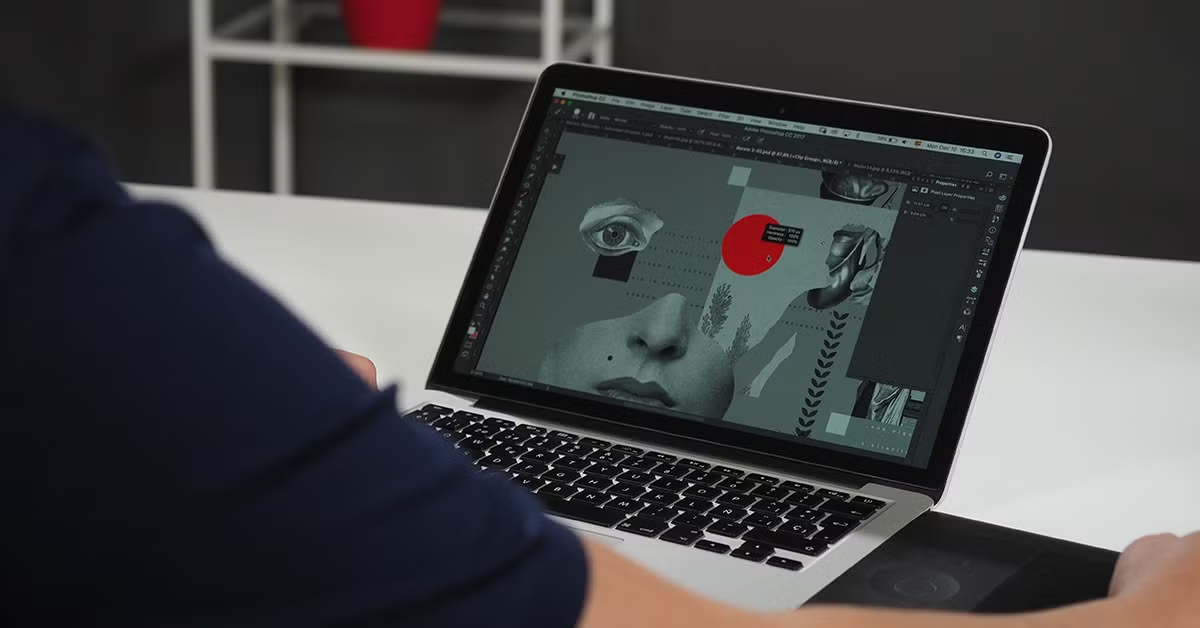
Learn the key design principles to get started in this branch of illustration
Editorial illustration consists of analyzing and interpreting texts to create images that enrich and complement said texts. We have all seen illustrations in printed publications, and even now, there’s still a high demand for illustrators and designers in the digital era.
Learn more about the history of editorial illustration, its basic principles, and what it takes to start working in this creative discipline.
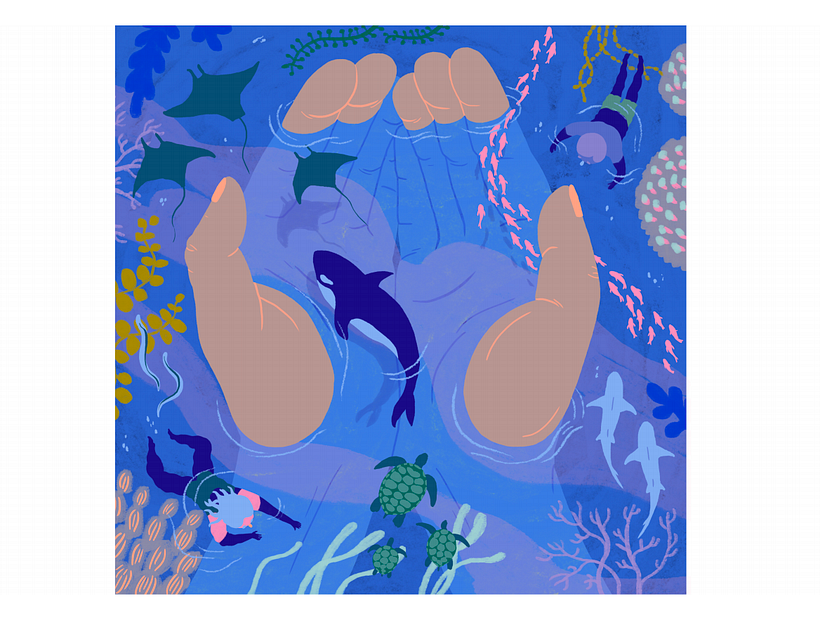
What is editorial illustration?
Traditionally, the term "illustration" referred to illustrations that were associated with texts. Over time, however, its meaning expanded to accept that illustrations could communicate something visually without using words. As illustration evolved as a discipline, separating itself from the visual arts to find its own niche. It diversified, with branches such as scientific illustration, advertising illustration, and humorous illustration emerging.
We find examples of editorial illustration in every type of editorial publication. In journalistic publications, illustration has always focused on current issues, with the illustrator, much like the author of the text, often critiquing reality through their work.
Illustration by Emma Hanquist (@emmahan), who teaches the course, Editorial Illustration for Magazines.
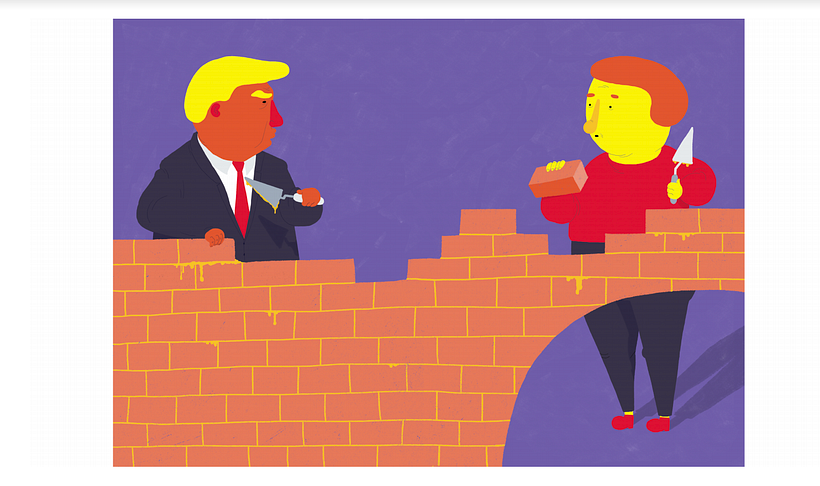
Origins
Editorial illustration existed even before the printing press. Engraved wooden plates were used to print ink onto paper to enable illustrations to be mass-produced. Editorial illustrators would severely criticize what was happening in society, meaning their work was politically-charged from the beginning.
Here you can read more about the work of Sir John Tenniel. He is best known for his Alice in Wonderland illustrations; however, he also had a distinguished career as a political cartoonist. He collaborated with Punch magazine for 51 years, which published more than two thousand of his illustrations.
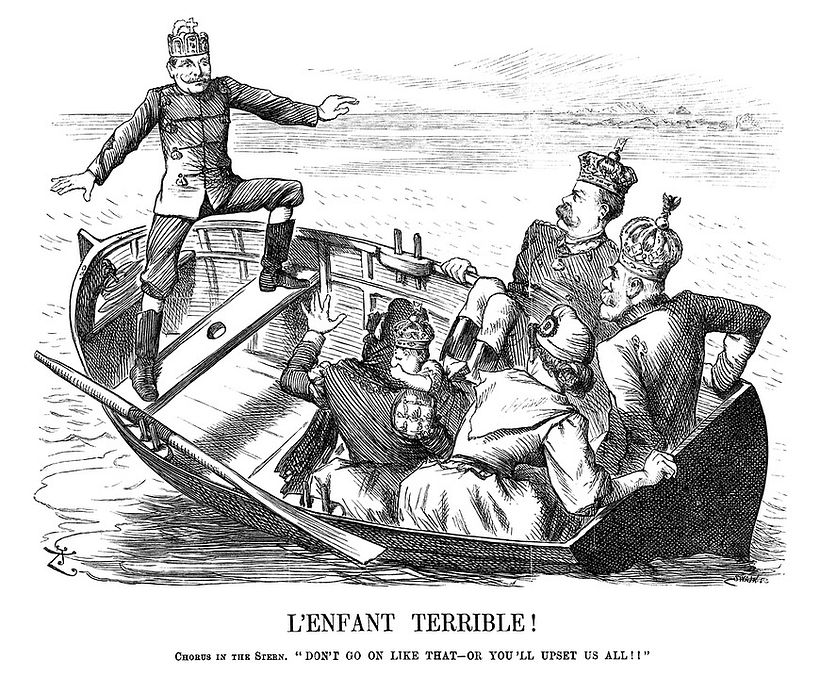
The beginning of the 20th century bore witness to a golden age of editorial illustration. Due to a reduction in costs of industrial processes, the work of editorial illustrators was reaching more people than ever. However, despite this initial rise in popularity, the advent of photography caused the demand for editorial illustration to decrease considerably.
Yet, if we carefully analyze the language of communication being used by editorial photographers, we see a clear connection with the language first established by editorial illustrators.
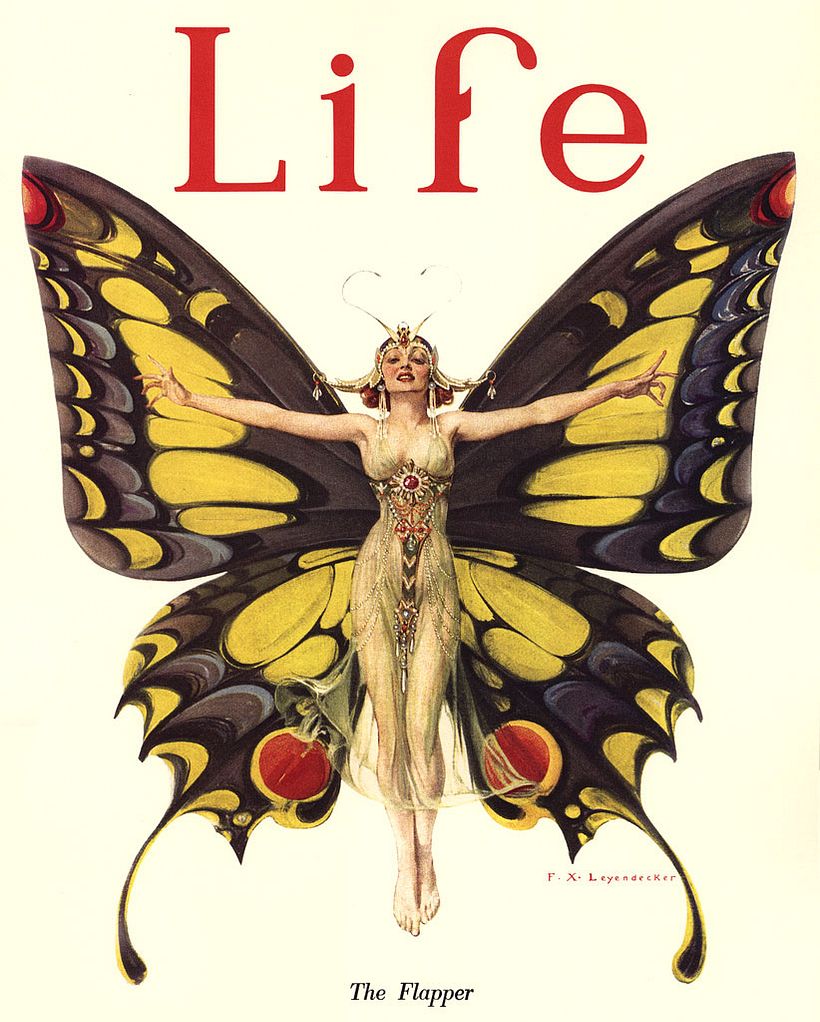

Editorial illustration today
Today, many magazines and newspapers, as well as journalistic and cultural platforms (perhaps books deserve a separate section), continue to commission illustrators to produce work to accompany their texts.
In this video, Rodrigo Corral, a hugely influential book cover designer, talks about his career and work method:
Editorial illustration is an important communication tool. In a world in which readers consume content so quickly, it can be decisive in capturing their attention and transmitting highly relevant messages.
The work of some of the most influential illustrators–such as Carlos Rodríguez Casado, Malika Favre, and Christoph Niemann–can be found on the covers of major magazines and publications.
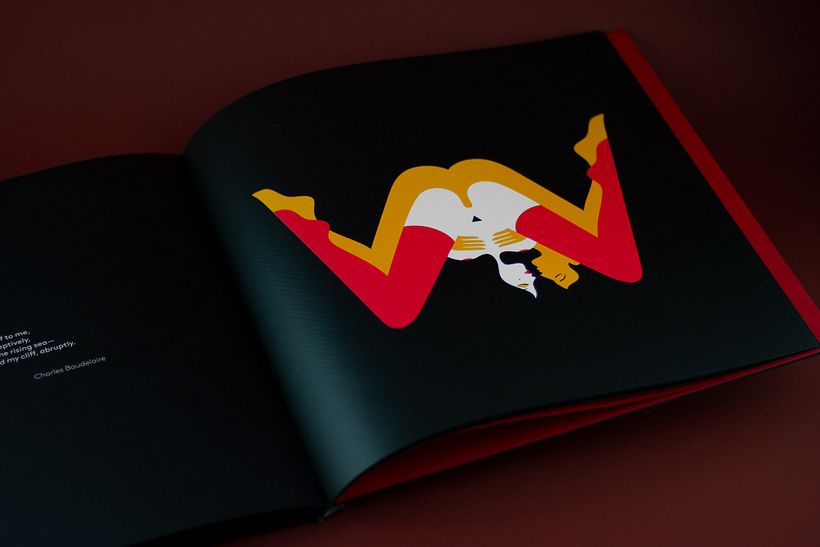
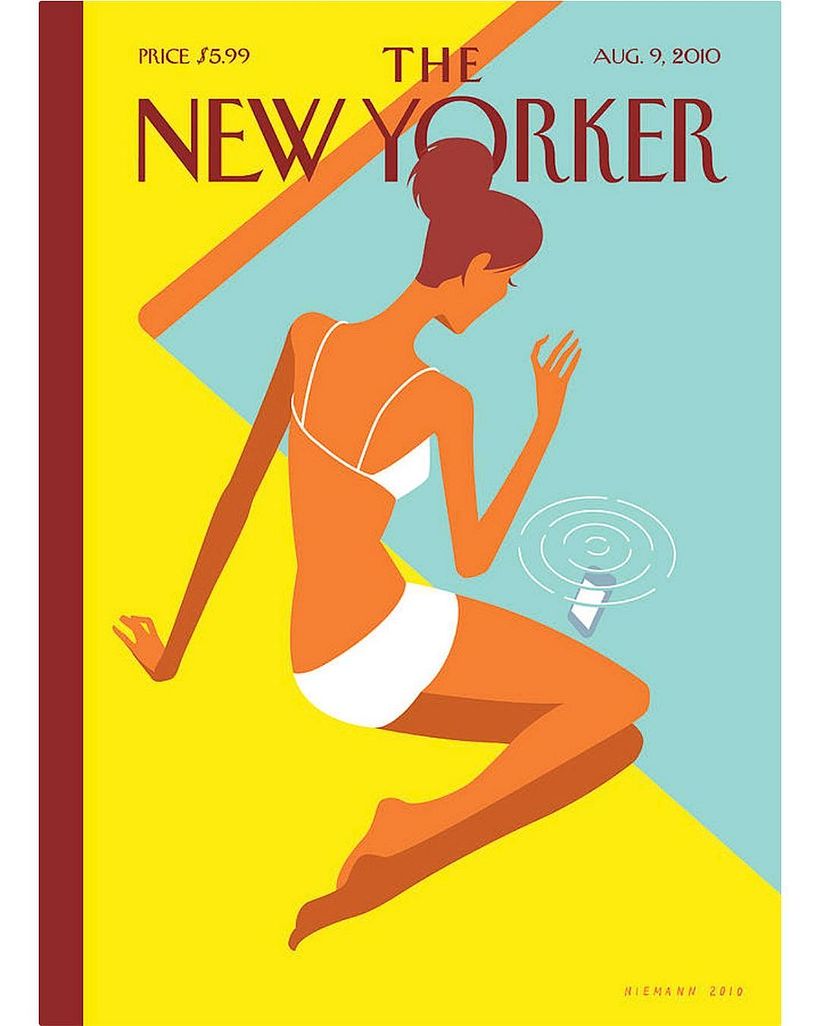
How can I get started in editorial illustration?
You should have some previous knowledge of illustration, although it is not necessary to be a "virtuoso" in drawing, nor do you need to have a realistic style–there are successful editorial illustrators who use techniques such as collage to compose their pieces. Others adhere more to fine art or incorporate photography or typography using different methods.
If you want to become an editorial illustrator, here are some of the key skills you will need to develop:
–Good analysis and observation skills that enable you to extract the essence of the text.
–Research skills.
–Interest in current affairs and overall culture.
–Knowledge of graphic design and typography.
–Skills using digital processes and software for editorial design and illustration.
English version by @eloise_edgington.
You may also like:
–My Materials: Acrylic Illustration
–What Is Pop Art and How Did It Revolutionize the Art World?
–5 Free Color Theory Essential Online Classes






0 comments